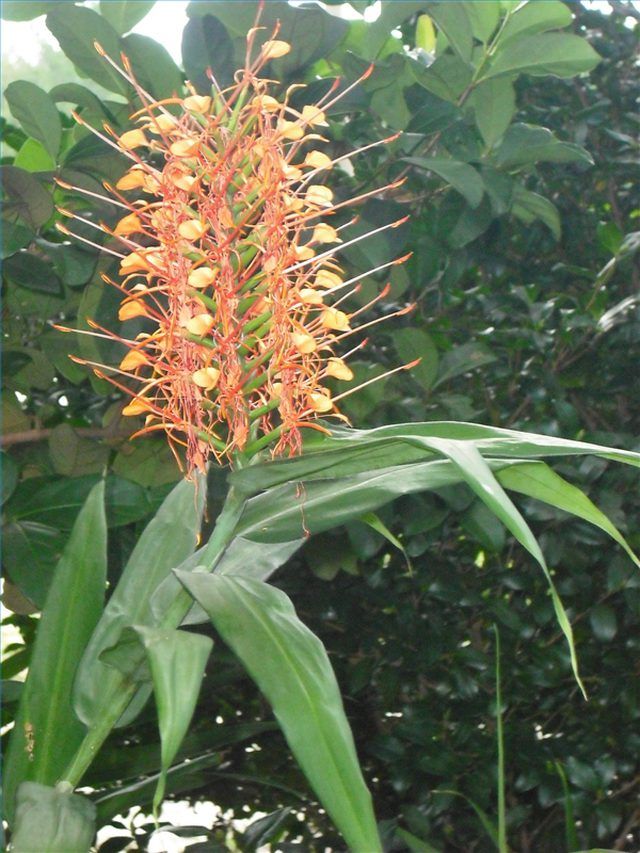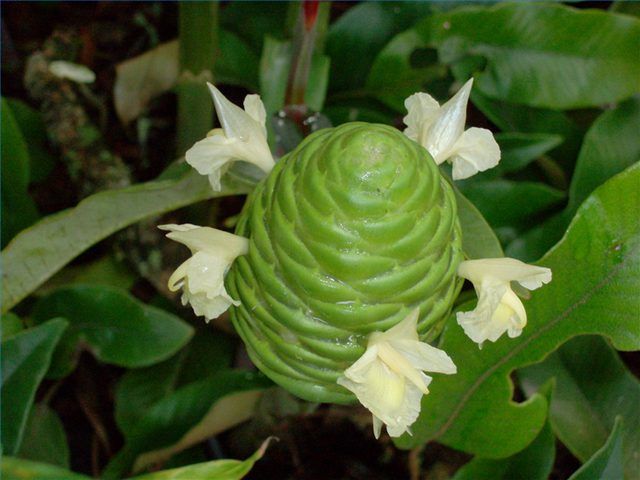Bulbs
Flower Basics
Flower Beds & Specialty Gardens
Flower Garden
Garden Furniture
Garden Gnomes
Garden Seeds
Garden Sheds
Garden Statues
Garden Tools & Supplies
Gardening Basics
Green & Organic
Groundcovers & Vines
Growing Annuals
Growing Basil
Growing Beans
Growing Berries
Growing Blueberries
Growing Cactus
Growing Corn
Growing Cotton
Growing Edibles
Growing Flowers
Growing Garlic
Growing Grapes
Growing Grass
Growing Herbs
Growing Jasmine
Growing Mint
Growing Mushrooms
Orchids
Growing Peanuts
Growing Perennials
Growing Plants
Growing Rosemary
Growing Roses
Growing Strawberries
Growing Sunflowers
Growing Thyme
Growing Tomatoes
Growing Tulips
Growing Vegetables
Herb Basics
Herb Garden
Indoor Growing
Landscaping Basics
Landscaping Patios
Landscaping Plants
Landscaping Shrubs
Landscaping Trees
Landscaping Walks & Pathways
Lawn Basics
Lawn Maintenance
Lawn Mowers
Lawn Ornaments
Lawn Planting
Lawn Tools
Outdoor Growing
Overall Landscape Planning
Pests, Weeds & Problems
Plant Basics
Rock Garden
Rose Garden
Shrubs
Soil
Specialty Gardens
Trees
Vegetable Garden
Yard Maintenance
Types of Ginger Plants
Types of Ginger Plants. Several species of plants are considered to be gingers. All have tropical-looking foliage and unusual flowers.
Several species of plants are considered to be gingers. All have tropical-looking foliage and unusual flowers.
Alpinia
Alpinias have large leaves and drooping flowers that bloom in the summer. The flowers are fragrant and the rhizome (root) of the plant smells similar to ginger root. Plant in partial shade. Alpinias are hardy to Zone 8, according to the United States Department of Agriculture (USDA) Hardiness Zone Map. (See Resources below.)
Costus
Costus plants are also known as spiral ginger, because the bamboo-like stalks twist in a circular pattern. The cone or pineapple-shaped flowers are pink, purple, white or orange. Plant in partial shade. Costus will die back to ground in the winter, but will grow again in the spring through Zone 8.
Curcuma
Curcumas are called "hidden gingers" because the flower stalks are often shorter than the foliage. The flowers bloom in spring, summer or fall, depending on variety. Plant in filtered light or light shade. Curcumas go dormant in the winter.

Globba
Globbas have drooping stems of yellow or purple flowers. Globbas are called "dancing ladies" because of the movement of the stems in the breeze. Plant in light shade or use as a houseplant. Globbas are hardy to Zone 8, but go dormant in the winter.
Hedychium
Hedychiums are tall plants that are hardy to Zone 7. Hedychium coranarium has fragrant white flowers that resemble butterflies. Hedychium coccineum has large round spikes of reddish-orange flowers.

Zingiber
Zingibers have white or creamy yellow flowers attached to pine-cone shaped bracts. The cones contain a milky substance that is used as shampoo in some cultures. For this reason, zingibers are called pine-cone gingers or shampoo gingers. Plant in partial shade to full sun. Zingibers are hardy to Zone 8. They will die back to the ground in the winter but return in the spring.
